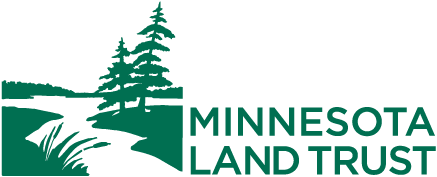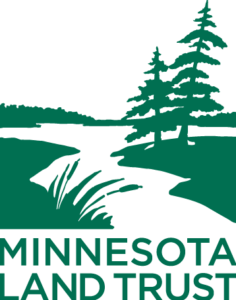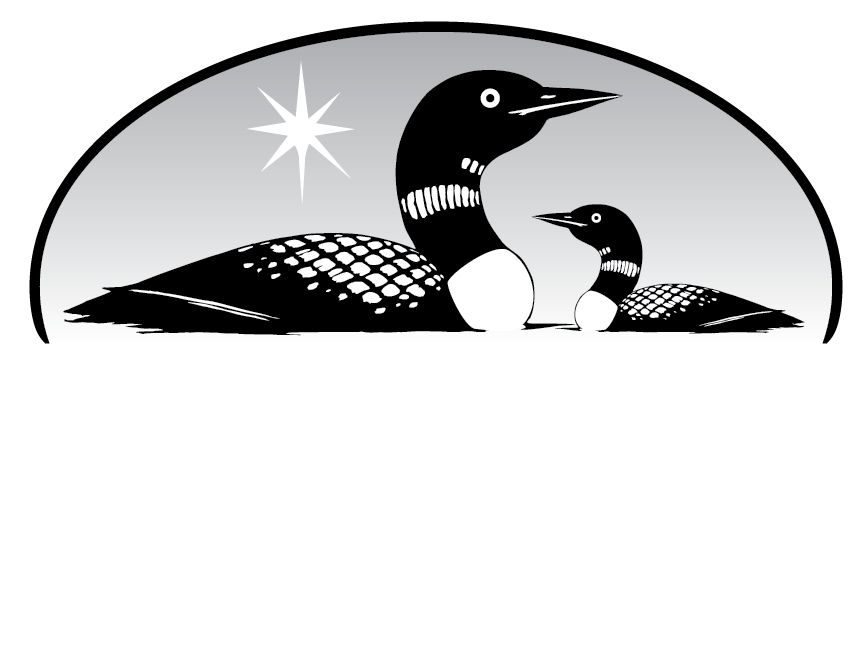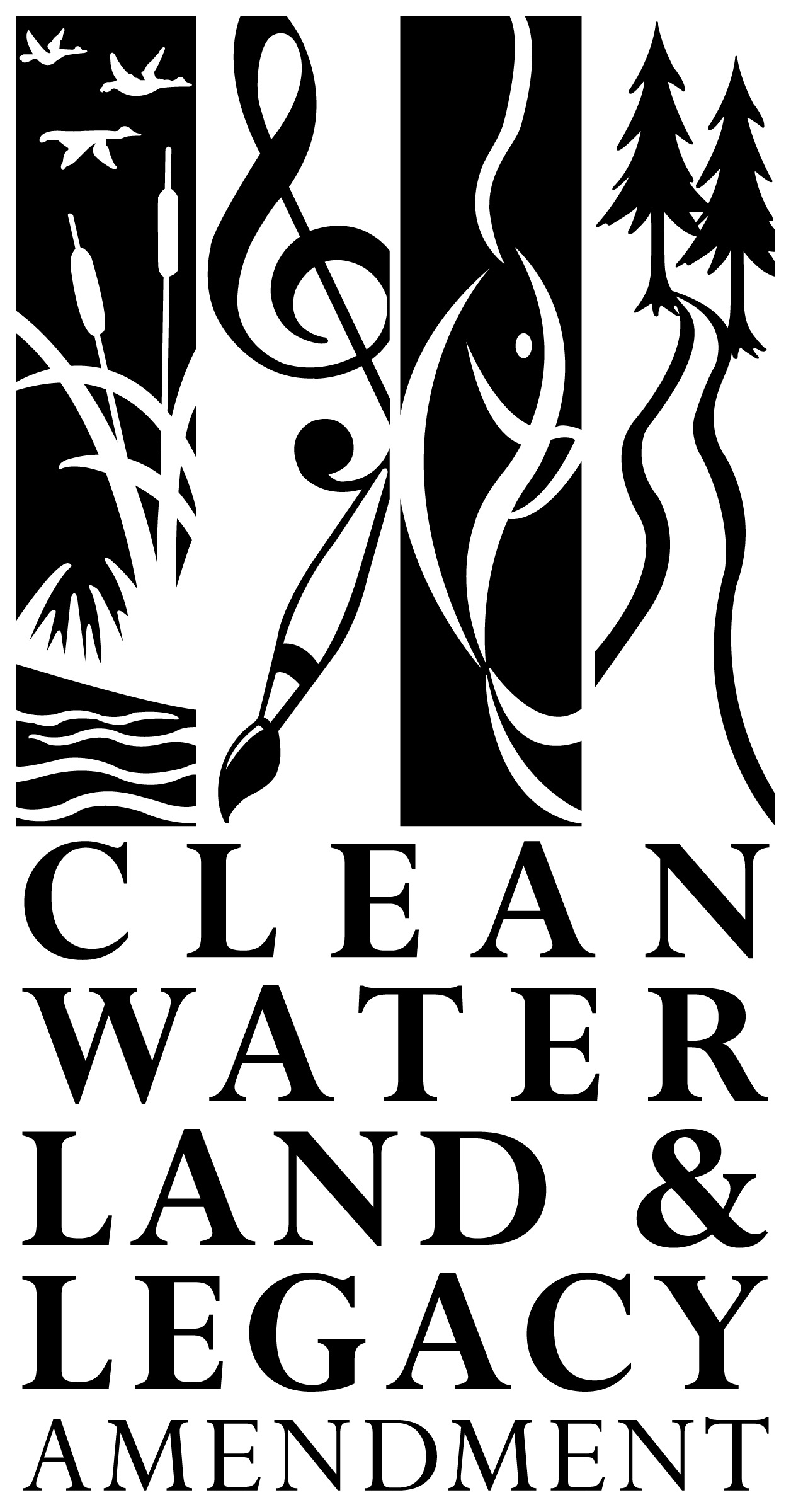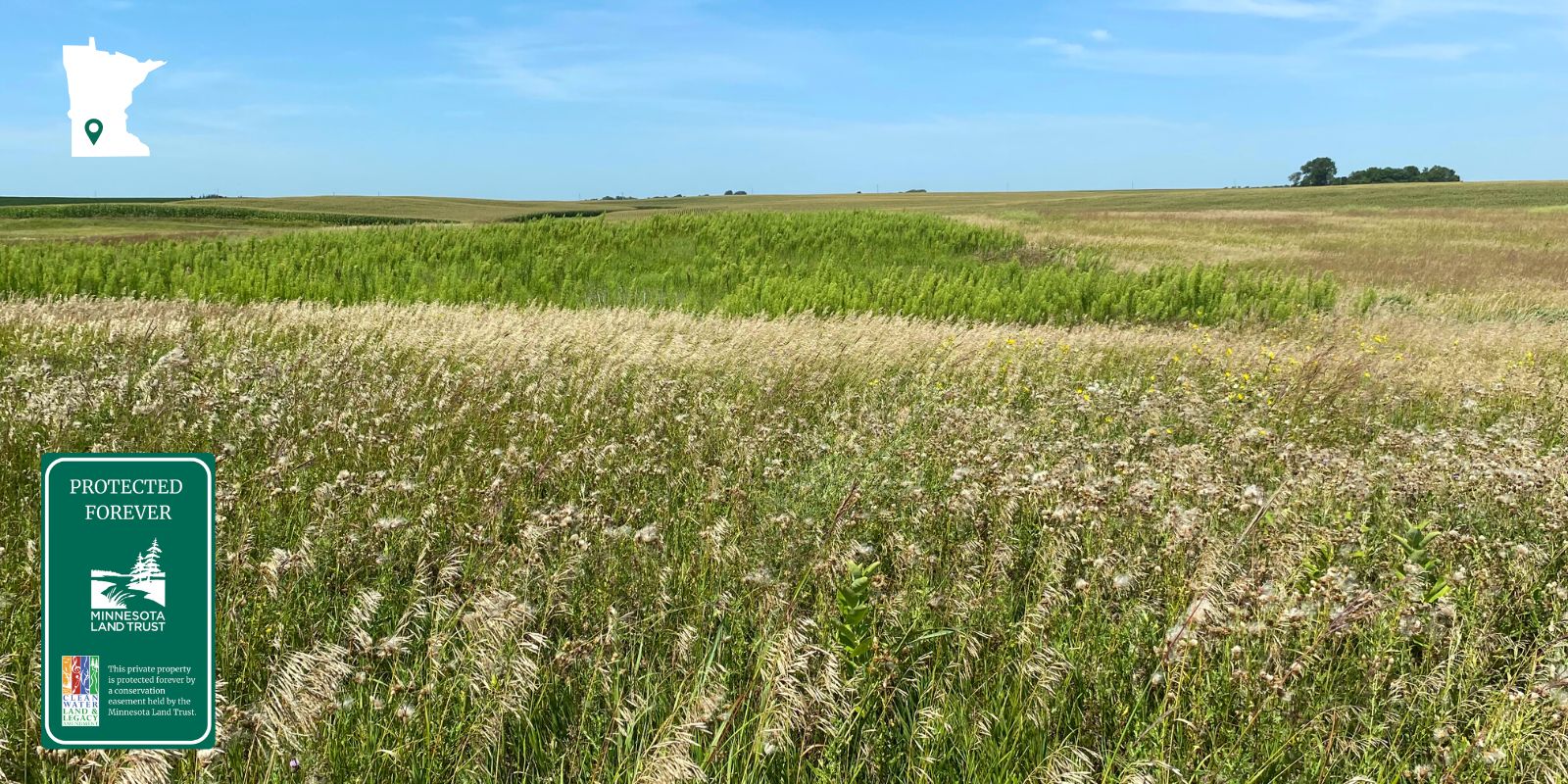
This recently protected property is located in the Minnesota Land Trust’s Prairie Coteau conservation priority area in Nobles County, MN and sits adjacent to East Graham Lake.
The protected lands are comprised primarily of grasses and prairie–over 22 acres–including rare southern mesic prairie, a small grass-dominated remnant native prairie, and areas of restored prairie which have been actively managed through controlled burns.
Some of the native plant species that pepper the landscape include stiff goldenrod, porcupine grass, black-eyed Susan, prairie rose, narrow-leaved purple coneflower, and prairie onion.
Important Pollinator & Bird Habitat
Besides being beautiful, this property provides important habitat for pollinators and grassland-specialist bird species, many of which are declining in Minnesota. That includes birds such as the dickcissel, bobolink, and western meadowlark, all listed as species in greatest conservation need (SGCN). The common loon, trumpeter swan, and American white pelican have been observed on the property’s wetlands and adjacent land. All three are in decline in the state.
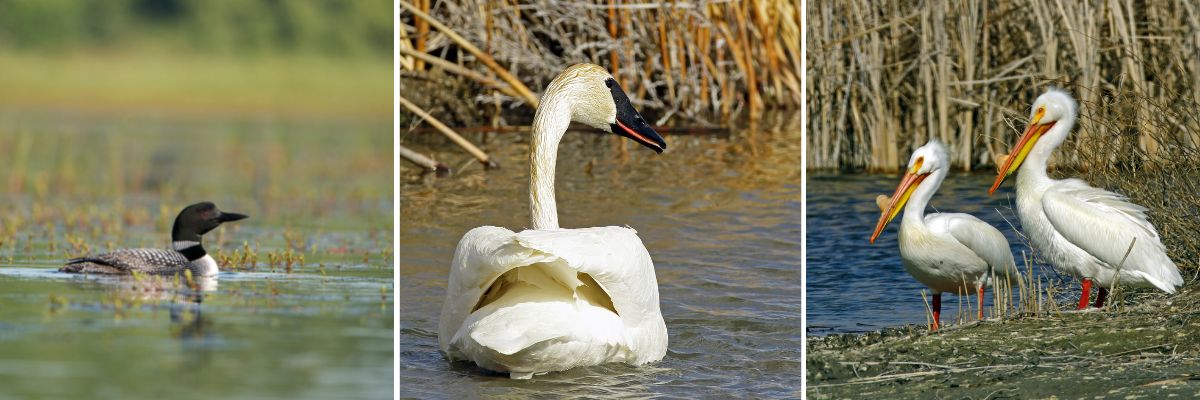
Grasslands are Critical for Carbon Storage
In addition to the benefits to wildlife, prairies and grasslands are crucial for storing carbon. Unlike forests, grasslands store most of their carbon below ground, in the roots and soil. Carbon stored beneath grasslands can remain undisturbed for centuries–even through prairie fires–as long as the soil remains intact.
According to the U.S. Department of Agriculture, one acre of pristine prairie has the potential to sequester about 5 tons of carbon. In addition to carbon sequestration, grasslands like those found on this protected property ground rainwater to help reduce local flooding and filter water from nearby agricultural fields before it enters rivers and lakes. Here, this important function benefits the aquatic habitat in nearby East Graham Lake.
Filtering Water for Nearby East Graham Lake
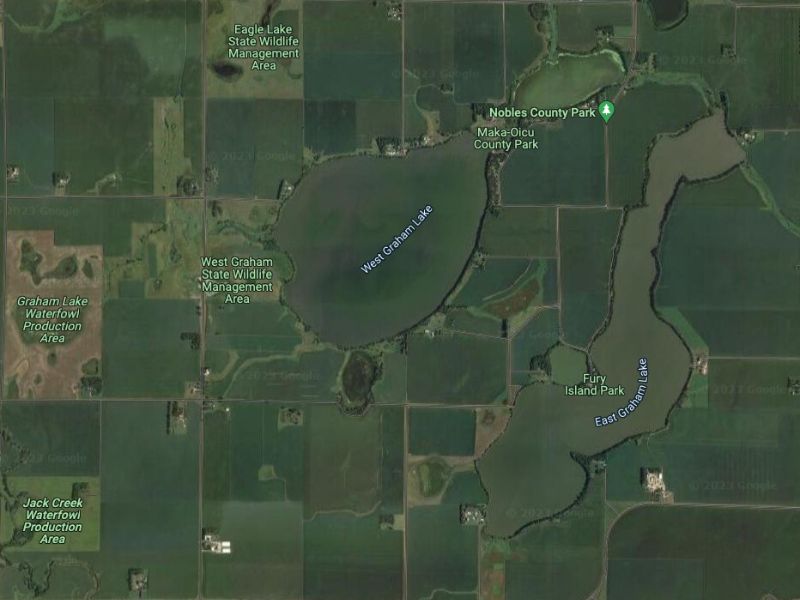
Approximately 604 acres and stretching nearly 2.5 miles from end to end, East Graham Lake is typical of prairie lakes in this region. It is shallow with low water quality and transparency, however, it is still considered a “critical habitat component for Minnesota’s wildlife” according to the Minnesota DNR. The lake is stocked with game fish such as walleye and northern pike, making it a popular destination for recreational fishing.
“The VerSteegs recognized how important their property was for filtering water entering East Graham Lake and they were determined to protect this property forever. There are opportunities to conserve and restore properties that filter water and provide important habitat all throughout Southwest Minnesota. It’s a beautiful part of the state already and even more so when landowners preserve even small, but highly important properties like this one,” said Minnesota Land Trust Program Manager Chad Kingstrom.
Protecting a Climate Resilient Site
This protected property will continue to be a crucial asset in the face of climate change thanks to the VerSteegs. According to the Nature Conservancy’s Resilient Land Mapping Tool, the protected property scores high marks in resilience, local connectedness, and landscape diversity, making it a climate-resilient site that will provide species the opportunity to adapt and persist in the face of climate change. The conservation easement ensures that their ability to do so is protected forever.
Protected Property Land Resilience Score


Help Us Protect More Minnesota Prairies and Wetlands
Your gift helps us reach more landowners and supports the conservation of more of Minnesota’s iconic prairies and grasslands.
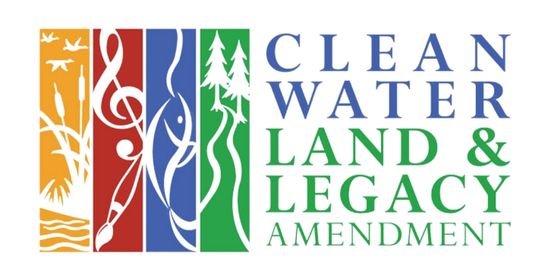
Funding for the acquisition of the Easement was provided by Minnesota’s Outdoor Heritage Fund as recommended by the Lessard-Sams Outdoor Heritage Council. Specifically, the Easement was funded through the Heron Lake Area Conservation Partnership program
